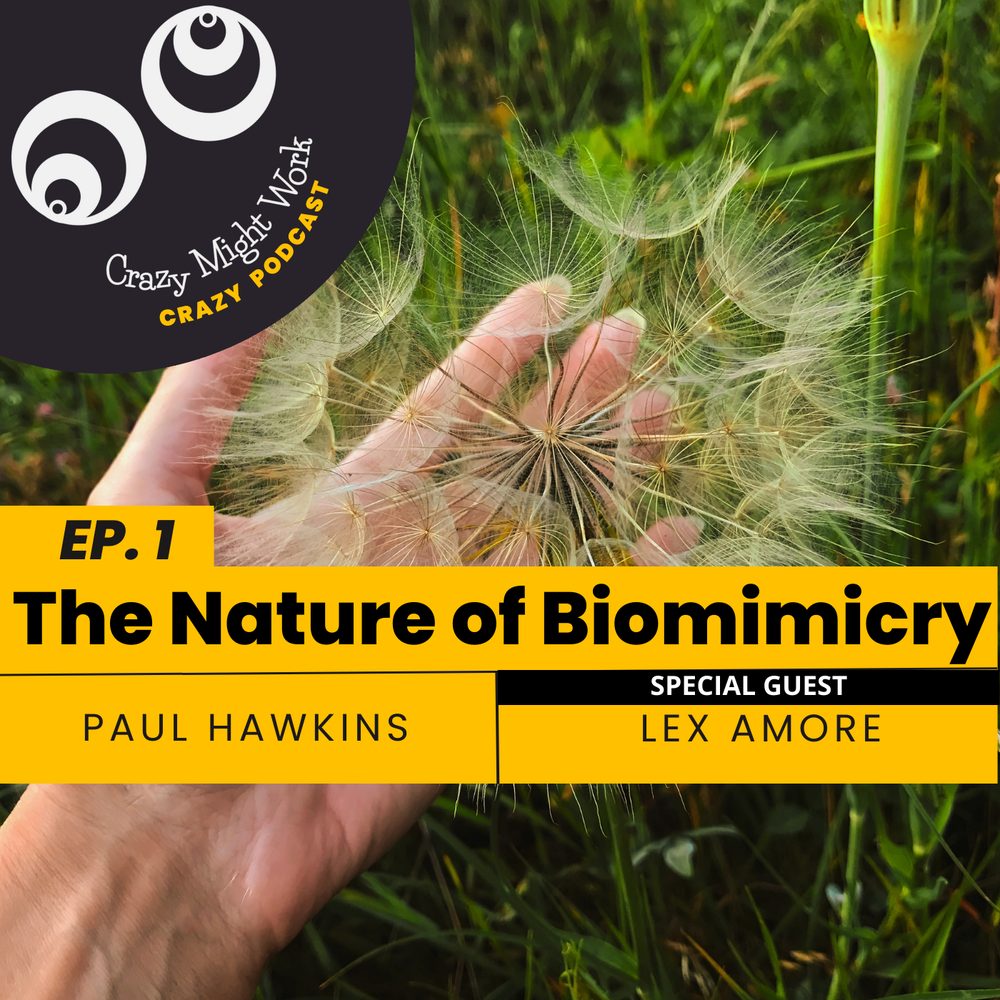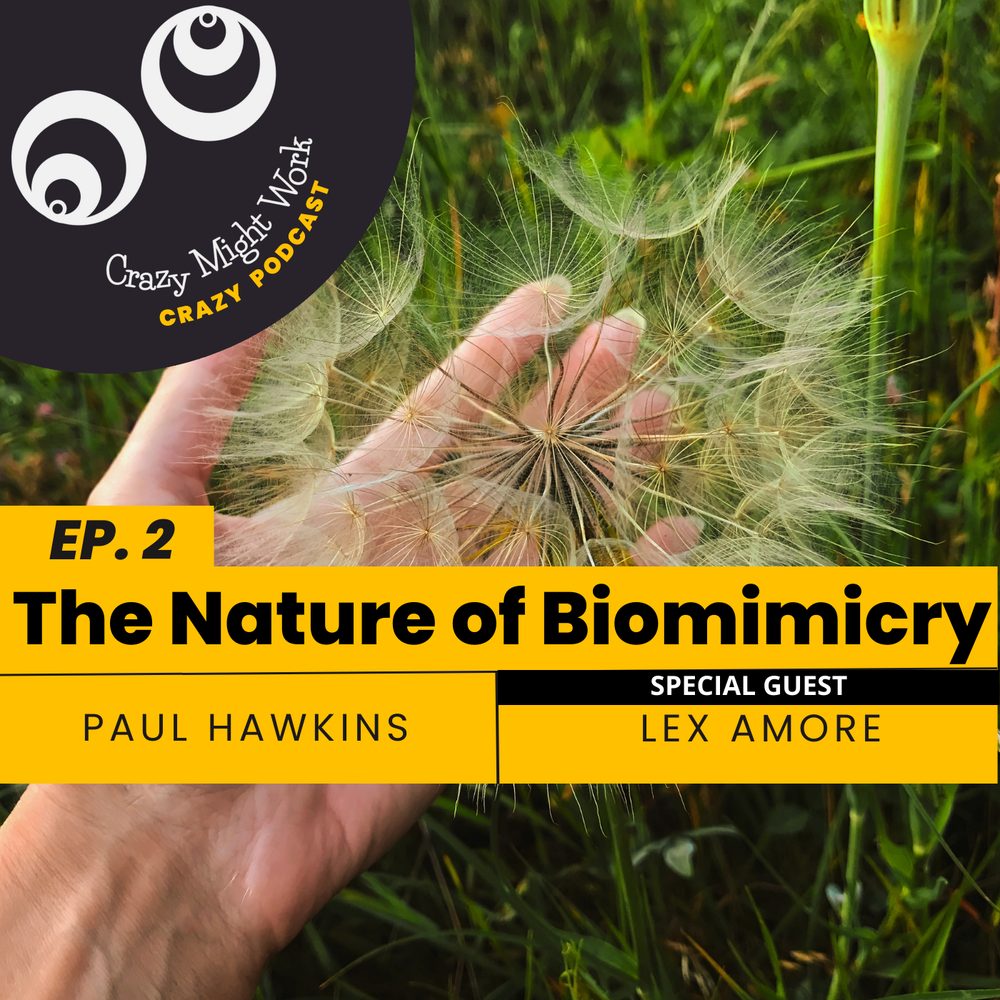What is Biomimicry?
Biomimicry is the practice of emulating life’s genius. It looks for answers to human, social and environmental challenges in nature, where they have been field-tested for up to 3.8 billion years, making them incredibly resilient, sustainable and efficient. Foreshadowed by inventors like Leonardi Da Vinci, who drew inspiration for a flying machine from birds in the 1400’s, biomimicry has evolved into a scientific discipline that captures and codifies research on a vast array of life forms to make an understanding of their strategies accessible to all of us.
When to use it?
When you are wanting fresh thinking (e.g. cows’ stomachs providing a blueprint for low-cost wastewater treatment), a sustainable competitive edge (like bioluminescent trees that replace electric streetlights); or process re-design (algorithms based on ant behaviour that solve utilisation problems in airfreight logistics).
Success Story
Mission
Our client, an online eLearning educator, engaged Crazy Might Work to facilitate the innovative rebuild of commercially important e-learning units for six universities. Biomimicry made it possible for them to ask nature how learning could be made much more engaging and effective.
Solution
Our client delivers online eLearning modules, primarily for the higher education sector. Whilst their clientele had been growing, they were beginning to experience significant challenges with previously successful eLearning units, particularly in technical subjects where students can feel overwhelmed, lost, or disengaged if they can’t connect learnings to the real world. OES were on a mission to improve student engagement, retention and pass rates across these units.
Over two separate days (with intervening team check-ins), the teams were exposed teams to the neuroscience of insight and new co-design methods that incorporated biomimicry to re-think online learning.
Using a combination of methods, including biomimicry, the educational and design teams conducted 27 interviews, which provided inspiration from bower birds to hermit crabs, completely re-thinking the student experience and learning dynamic.
The re-imagined student experiences were presented to a representative of each of the universities and the proposed changes were, overall, accepted with delight and enthusiasm. Six months later, the dramatically improved student enrolment and engagement scores spoke for themselves.
Results
Our client emerged with 6 blueprints for rebuilding these units and a whole new skillset for re-designing student experience. The teams implemented innovative changes to the curriculum, timing, support mechanisms and connectivity to each other. These changes were inspired by their work with biomimicry that enabled the teams to discover how nature learns, abstract those learnings as design principles, design changes in line with these and roll out the changes.
A year on, teams benchmarked the implemented changes, revealing a 65% increase in student engagement and an unprecedented 96% pass rate.
Thank you to frogs, bower birds, and octopi.



